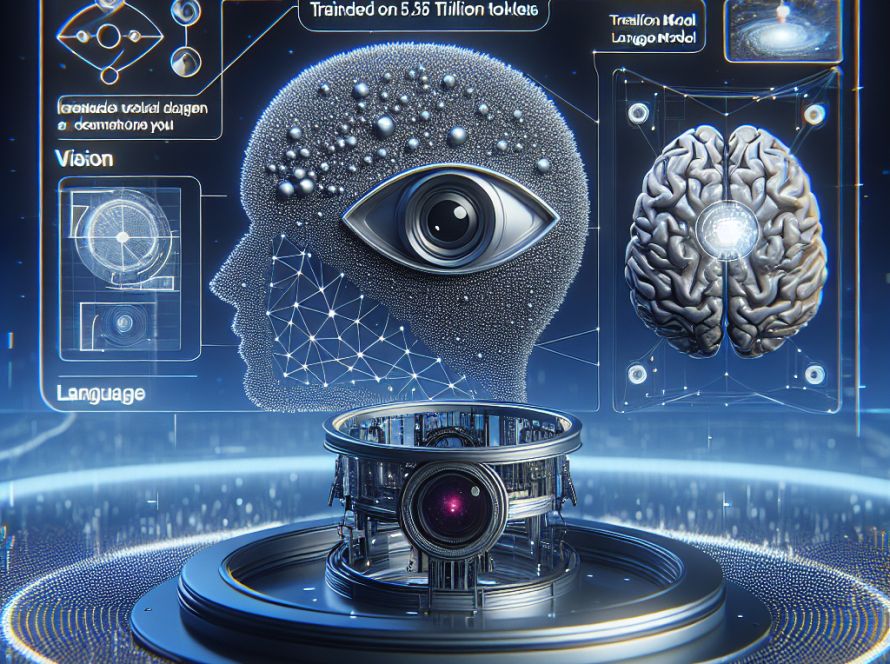Photolithography, a process used to fabricate computer chips and optical devices, often falls short of designers’ intentions due to tiny deviations during manufacturing. To address this, researchers from MIT and the Chinese University of Hong Kong have used machine learning to develop a digital simulator that precisely replicates a specific photolithography manufacturing process. The simulator is based on real data from the photolithography system, enabling a high-fidelity model of how the system would produce a design.
This simulator is incorporated into a design framework alongside another simulator that predicts the performance of the fabricated device in downstream tasks, such as image production with computational cameras. Being connected, these simulators can help a user to fabricate an optical device that closely matches its design and performs optimally.
The team’s method, which they call ‘neural lithography’, relies heavily on physics-based equations and a neural network trained on real data from the photolithography system. This neural network learns to compensate for specific deviations in the system. The team gather data for their method by designing and fabricating a range of different structures using the photolithography system, before measuring the final structures, comparing them to their designs, and using these data to train their neural network.
The effectiveness of this simulator depends on feeding in real-world data, as data derived from equations cannot cover real-world deviations. It comprises two separate components, an optics model, and a resist model, which, when connected to a physics-based simulator, can guide a user’s design process to achieve specific outcomes.
The team tested their technique by fabricating a holographic element that displays a butterfly image when light shines on it. Their holographic element was successful in producing a nearly flawless butterfly image, outperforming those produced by other techniques.
Plans for the future involve enhancing their algorithms to model more complicated devices and testing the system using consumer cameras. Importantly, they aim to extend their approach so that it can be used with a range of photolithography systems. This research, supported by the U.S. National Institutes of Health, Fujikura Limited, and the Hong Kong Innovation and Technology Fund, was undertaken utilizing MIT.nano’s facilities.


